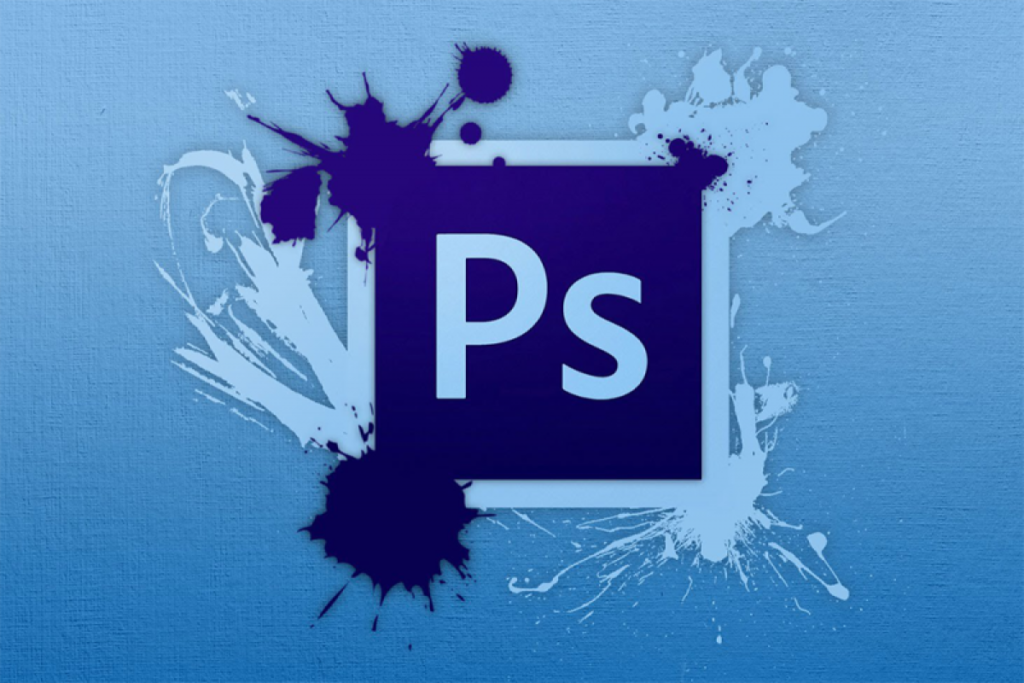
Designing 2D Animation as an Educational Medium is a creative approach that is becoming increasingly popular in education. 2D animation can present complex content in an enjoyable and easy-to-understand way, especially for children or students who learn through visuals. Here are some key points regarding the design of 2D animation as an educational medium:
- Purpose and Benefits of 2D Animation in Education
Enhancing Understanding: Animation allows complex or abstract material to be visualized in a way that is easier to grasp. For example, scientific or mathematical concepts can be presented interactively.
Increasing Engagement and Motivation: Compared to text-based or static image materials, animation captures students’ attention more effectively and boosts their motivation to learn.
Providing Visual and Auditory Learning: Animation combines visual elements with sound, making it suitable for different learning styles, whether visual or auditory. - Stages of Designing 2D Animation for Education
Identifying Learning Objectives: The first step is to determine the educational goals to be achieved. For instance, if the aim is to teach biology, the animation must effectively explain the concepts in a way that supports these objectives.
Scriptwriting and Storyboarding: Once the objectives are set, a script or storyboard needs to be developed, outlining how the material will be conveyed through the animation.
Character and Background Design: Engaging character designs and relevant backgrounds are crucial to create an emotional connection with the audience, while the background helps to reinforce the visual context of the lesson.
Animation and Voice-Over: After the storyboard is complete, the next step is animating the elements and adding voice-overs (narration) and sound effects to complement the visual elements.
Testing and Evaluation: Before releasing the animation, it’s important to test it with the target audience to ensure its effectiveness in delivering educational content. - Technologies and Software Used
Several software tools can be used to create 2D animations, such as:
Adobe Animate: A popular software used to create interactive animations.
Toon Boom Harmony: Used by many professional animation studios.
Blender: Though better known for 3D, Blender also supports 2D animation.
OpenToonz: An open-source 2D animation software with professional-grade features.
- Advantages and Disadvantages of 2D Animation in Education
Advantages:
Accessible on various digital devices.
Flexible for different age groups and topics.
Interactive and adaptable for game-based learning.
Disadvantages:
Higher production costs and time compared to traditional educational media.
Requires a creative team, including animators, writers, and voice artists. - Examples of 2D Animation in Educational Settings
Many educational institutions are adopting 2D animation as a teaching tool. Examples include:
Khan Academy: Uses 2D animation in its math and science teaching videos.
Coursera and Udemy: Many online courses incorporate animation as part of their teaching methods.
Educational Animations for Children: Numerous educational YouTube channels use 2D animation to teach topics ranging from literacy to history.
Conclusion
2D animation as an educational medium is an effective tool for explaining difficult concepts interactively and in a way that is easy to understand. The design process involves identifying learning objectives, writing scripts, creating storyboards, and using appropriate animation technology. With increased access to technology and software, 2D animation has become one of the most engaging and effective methods for supporting teaching and learning processes.

